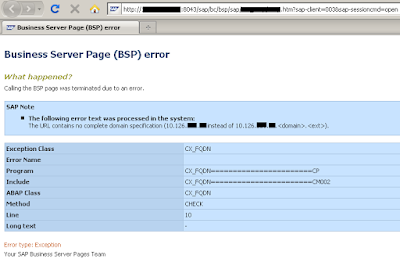SAP R/3
SAP R/3
SAP R/3 encompasses the following three tiers of interaction: Graphic User Interface Functional Applications (Modules) Integrated/Relational Databases. This breakdown can be further explained in terms of the three layers of the SAP client server concept: Presentation layer, Application layer, and the Database layer. Presentation Layer This particular layer refers to an application running on an end user’s PC. This layer can also be referred to as “the front end.” It is used within a networked environment, and displays information screens to the users. The users can then interact with the SAP system itself. It represents the client portion of the client-server relationship. Application Layer The application layer refers simply to that layer where applications are processed. Messages are then sent to the end user on the presentation layer. Database Layer The SAP system uses the data that is stored on the database layer. Data at this level is created and edited based on requests received from the application layer, then displayed on the GUI at the presentation layer. This layer is really the nuts and bolts of the SAP system. Three-layered client-server architecture has a number of advantages the first of which is to utilize centralized data resources that helps reduce processing time. It also integrates various applications that provides a seamless business environment, and allows usage of different hardware and operating system (OS) on the server.

Comments
Post a Comment